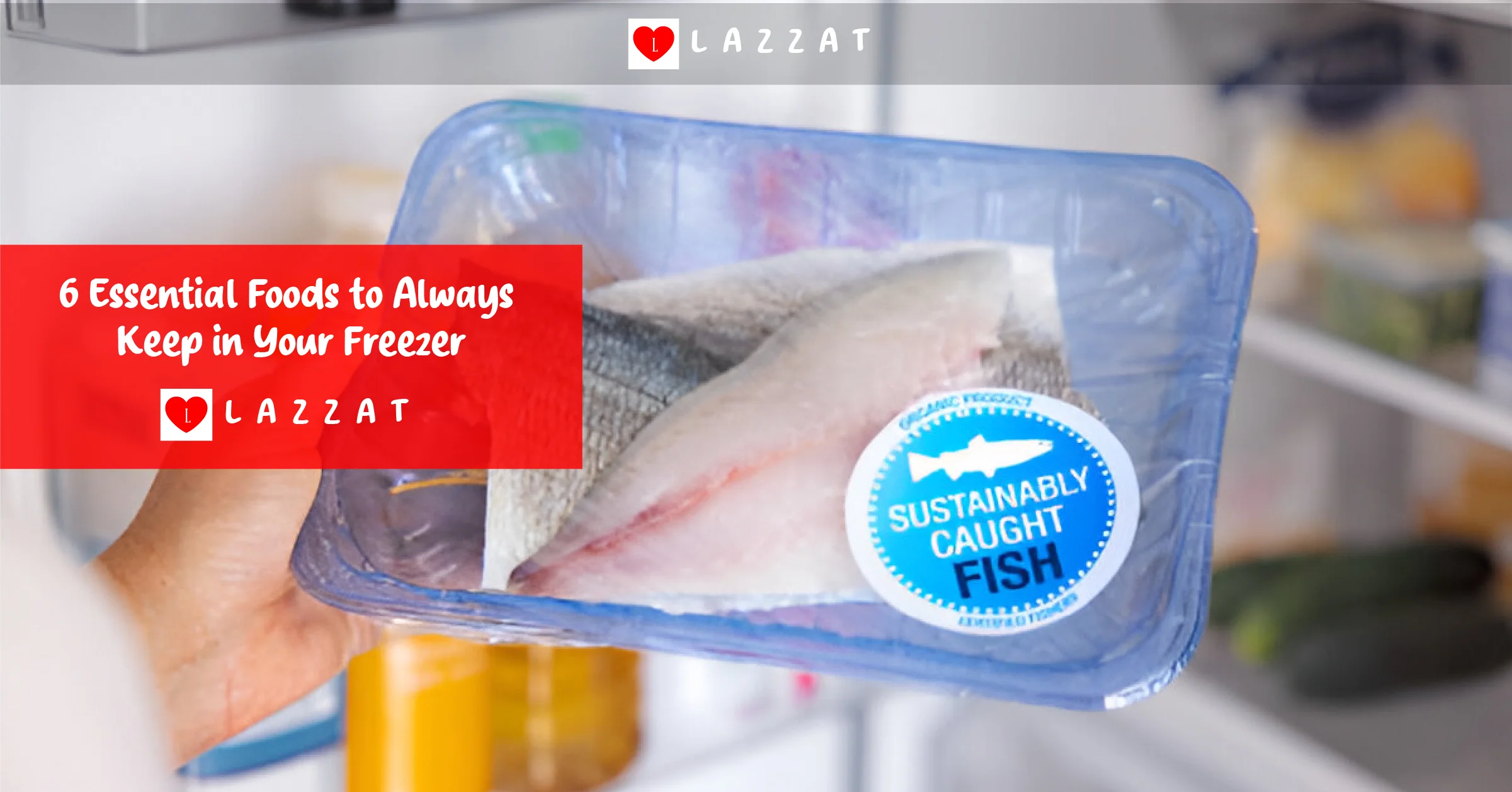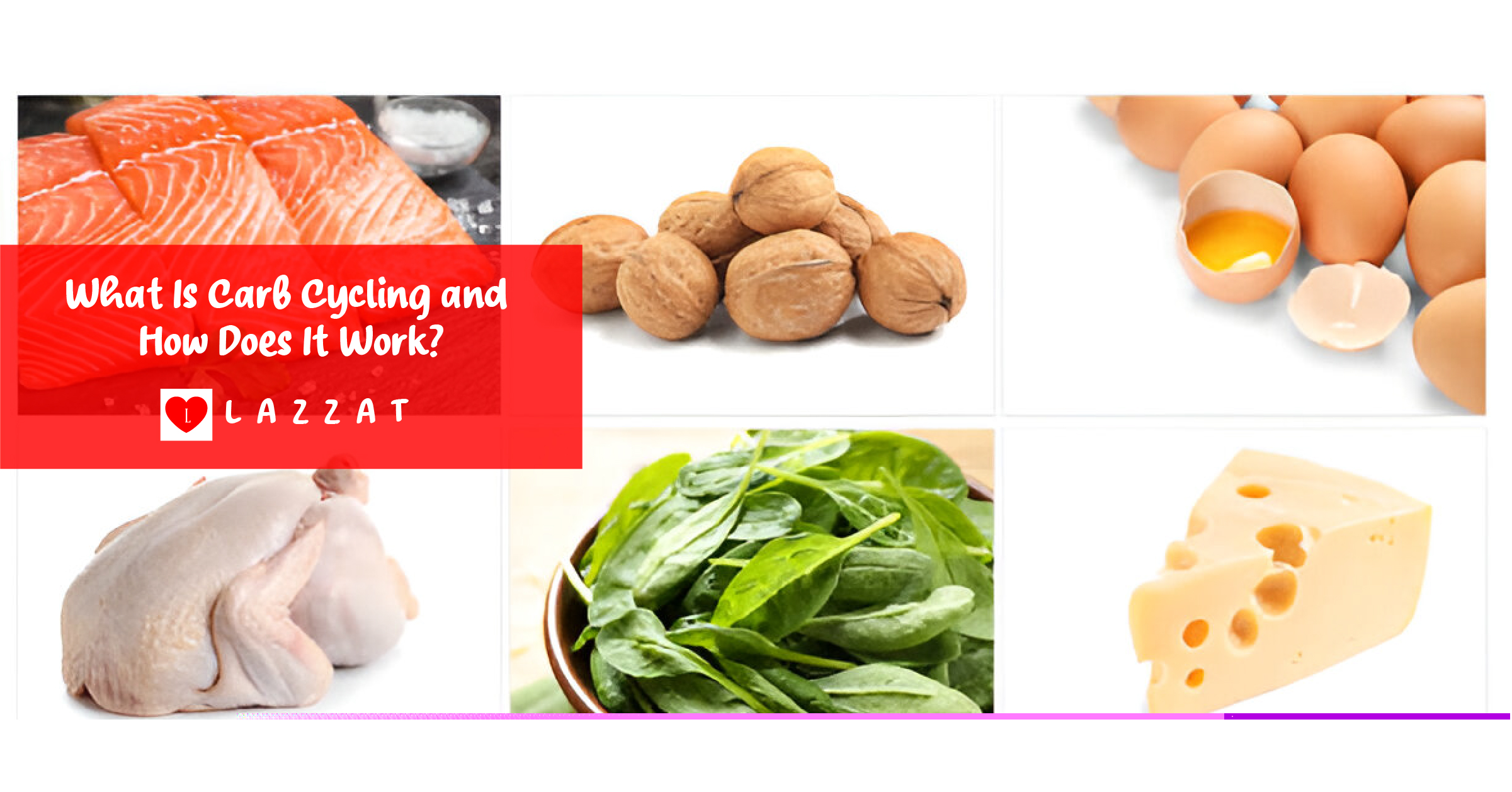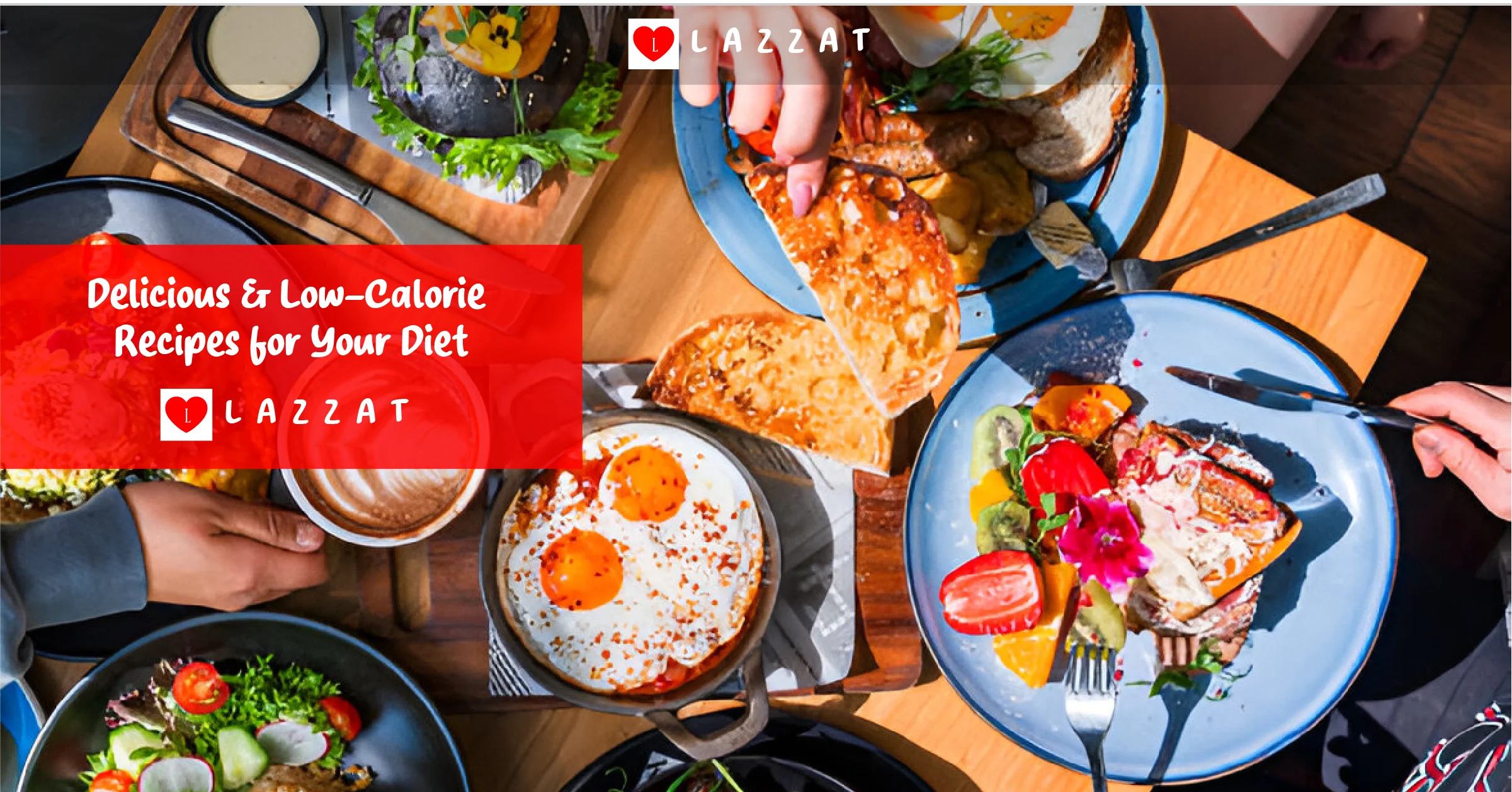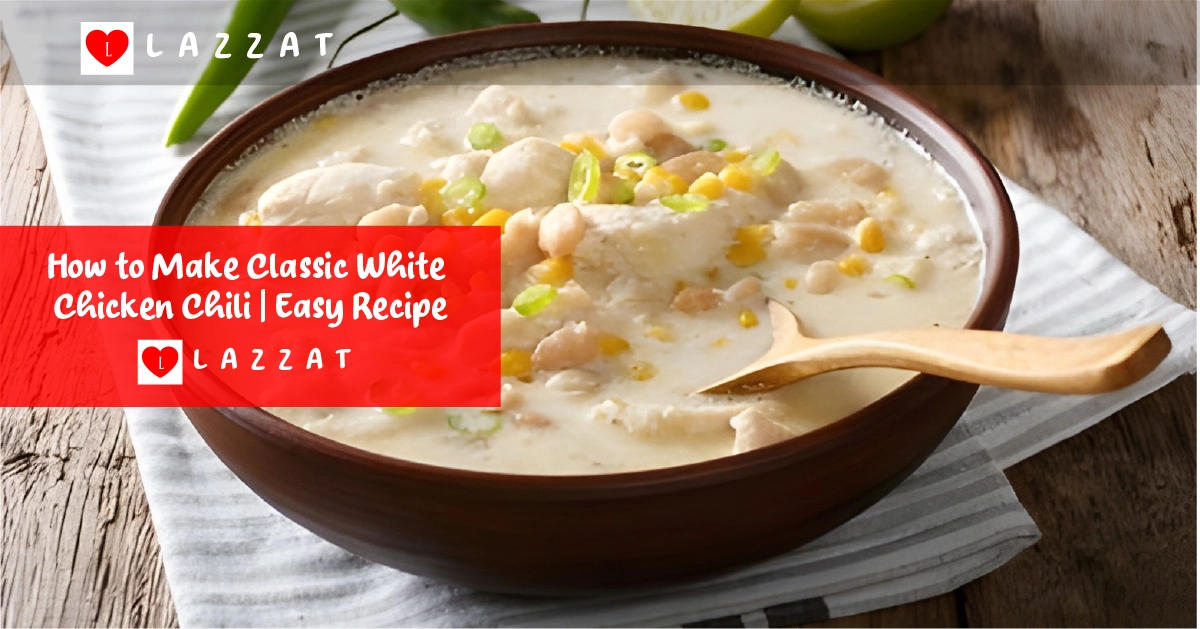Cooking can be a delightful journey or a nutritional minefield, depending on how you approach it. The way you prepare your food can either maximize its benefits or diminish its health value. In this guide, we’ll break down the dos and don’ts of healthy cooking to help you make meals that are nutritious, flavorful, and easy on the waistline. So, let’s dive in and separate the good habits from the bad.
Table of Contents
The Dos of Healthy Cooking Methods
1. Choose Nutrient-Retaining Methods
Your choice of cooking method can make a big difference in nutrient retention. Steaming, roasting, and stir-frying are excellent options.
- Steaming is fantastic for vegetables as it helps keep water-soluble vitamins like Vitamin C intact.
- Roasting brings out the natural sweetness in root vegetables and keeps their vitamins and minerals locked in.
- Stir-frying without oil (using broth or water) can quickly cook your veggies while preserving their crispness and nutrients.

2. Cook with Healthy Fats
Fats can make or break a healthy meal. The key is using the right types of fats and oils.
- Choose oils with high smoke points, such as avocado oil or coconut oil, for frying and roasting.
- Incorporate healthy fats like those from nuts, seeds, and fatty fish (think salmon or mackerel) for heart health and flavor.
- Limit saturated fats and avoid trans fats found in processed foods.

3. Embrace Plant-Based Proteins
Going plant-based doesn’t mean giving up taste. It’s about adding variety and nutrition to your meals.
- Beans, lentils, and chickpeas are versatile, high in protein, and packed with fiber. They can be used in salads, stews, or even as a meat substitute in burgers.
- Tofu and tempeh are excellent for stir-fries or baking, and they soak up marinades beautifully.
4. Use Low-Temperature Cooking
Lower temperatures help preserve nutrients and keep your food tender and flavorful.
- Slow cooking and braising are great ways to break down tougher cuts of meat while locking in flavor.
- Sous-vide cooking uses precise, low temperatures to evenly cook foods without losing nutrients.
5. Batch Cook and Meal Prep
Planning ahead can set you up for a week of healthy eating.
- Batch cooking allows you to make large quantities of healthy dishes at once. Store them in individual portions for easy, balanced meals throughout the week.
- Meal prepping—washing, chopping, and storing ingredients in advance—makes it easier to throw together a quick, nutritious meal even on busy nights.
The Don’ts of Healthy Cooking Methods
1. Avoid Deep-Frying and Excess Oil
Deep-frying is delicious but comes at a nutritional cost.
- Excessive use of oil adds unnecessary saturated fats and calories. Instead, try air-frying or baking to achieve a similar texture with less oil.
- Don’t fry with oils that have low smoke points (like extra virgin olive oil), as they can burn and produce harmful compounds.
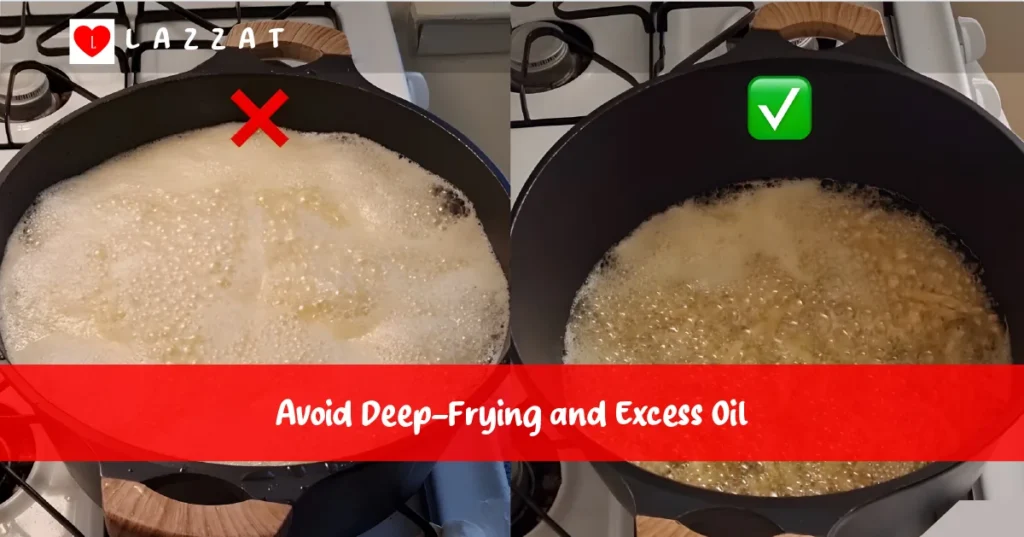
2. Don’t Overcook Your Veggies
Vegetables are nutrient powerhouses—unless you overcook them.
- Boiling can cause water-soluble vitamins to leach out, especially if you discard the cooking water. Instead, lightly steam or sauté.
- High heat can destroy delicate nutrients, so keep your cooking time short and sweet, particularly for greens like spinach and broccoli.
3. Don’t Add Too Much Sugar
Sugar can sneak into your dishes, even when you’re not making dessert.
- Watch out for added sugars in store-bought sauces, dressings, and marinades. Opt for homemade versions using natural sweeteners like honey or dates in moderation.
- Avoid sugary marinades for meats and vegetables; use herbs, spices, and citrus juices to add flavor without the extra calories.
4. Don’t Rely on High Heat for Everything
High heat can be tempting when you’re short on time, but it isn’t always the best choice.
- Charring and burning food can release harmful compounds like acrylamide, which is linked to health risks.
- Use medium to low heat settings for most cooking, especially when grilling or roasting delicate ingredients.
5. Avoid Plastic in the Microwave
Microwaving food can be convenient, but using the wrong container can be dangerous.
- Heating food in plastic can cause harmful chemicals like BPA to leach into your meal. Stick to glass or ceramic dishes for microwaving.
- Avoid reheating leftovers multiple times, as it can degrade the food’s texture and nutritional value.
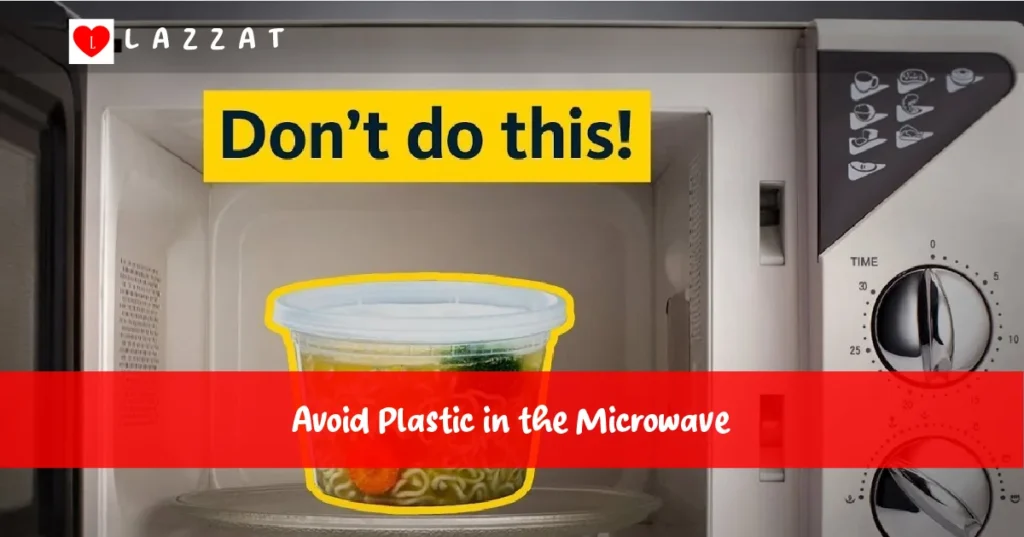
Conclusion
Healthy cooking isn’t about strict rules—it’s about making informed choices that work for your lifestyle. By following these dos and don’ts, you’ll be well on your way to preparing meals that are not only tasty but also packed with nutrition. Remember, the goal is progress, not perfection. So experiment with new methods, adjust as needed, and find what works best for you.
Also Read: Delicious Ways to Cook Without Using a Single Drop of Oil
FAQs
What’s the healthiest way to cook vegetables?
Steaming and stir-frying are great options because they help retain nutrients without adding extra fat.
How can I cook without using oil?
Use broth, water, or non-stick cookware. Stir-frying with a splash of broth or using an air fryer are excellent alternatives.
What should I avoid when meal prepping?
Avoid using sauces with high sugar content and reheating foods multiple times. Store your meals properly to maintain freshness.
Are there healthy alternatives to deep-frying?
Yes! Air-frying, baking, and grilling can provide a crispy texture without the need for large amounts of oil.
How do I know which oils are best for cooking?
Choose oils based on their smoke point. Avocado oil and coconut oil are great for high heat, while olive oil is best for low to medium heat.




